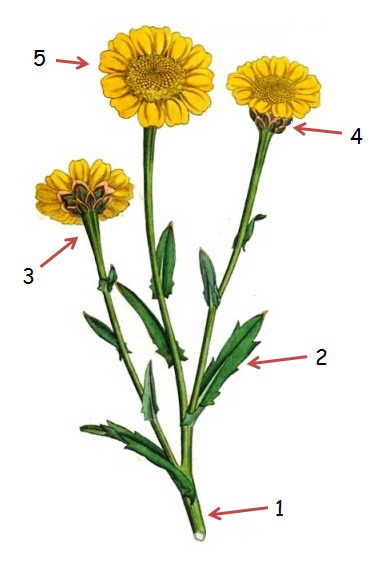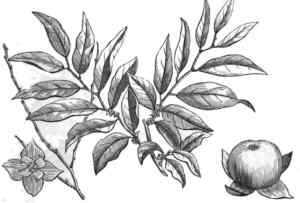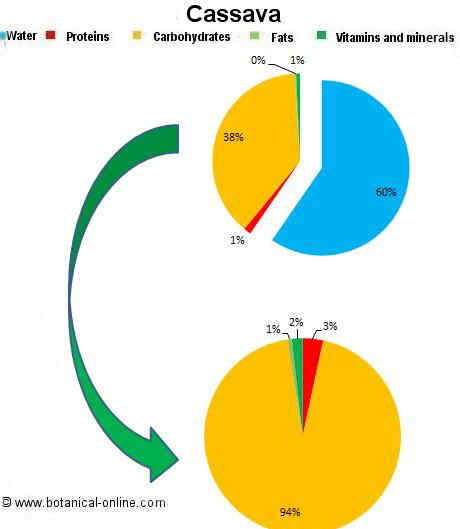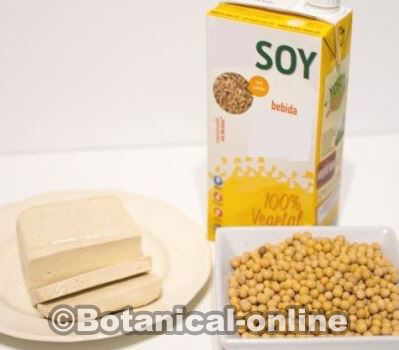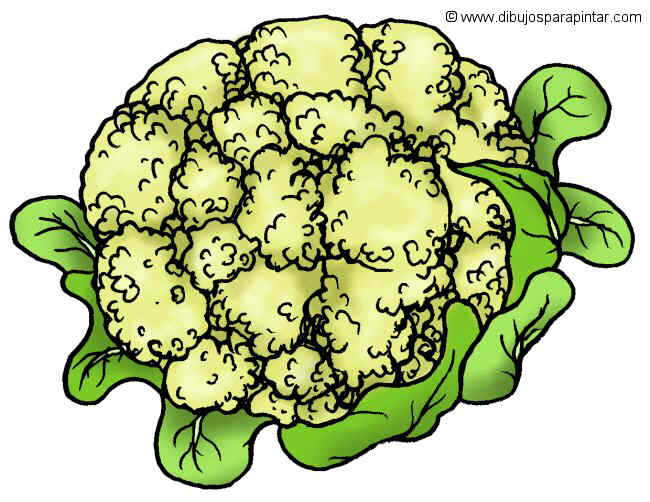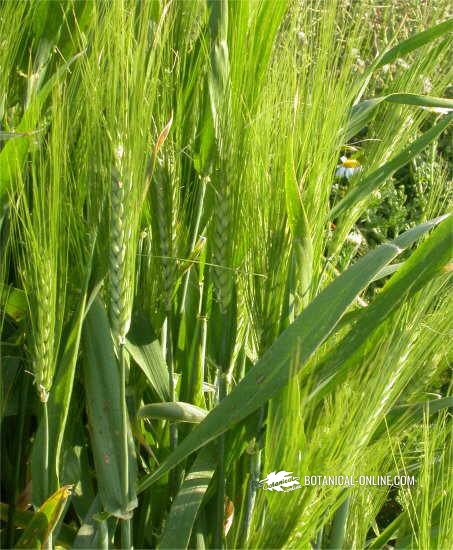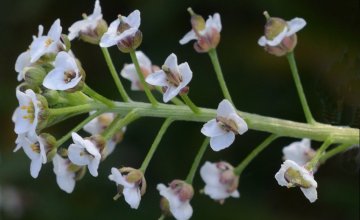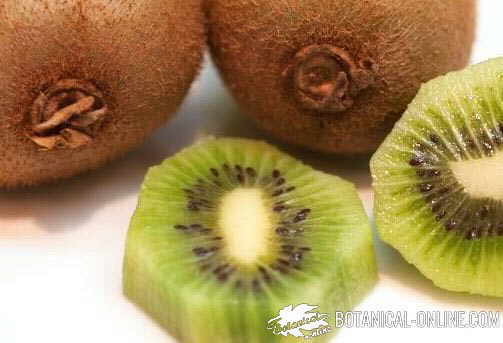Contents
Characteristics of Chrysanthemum segetum
Botanical description of corn daisy
Common name: Corn marigold, corn daisy
– Spanish: Magarza o margarita dorada, ojos de los sembrados, mohino, doblones, santimonia, magarza mayor, margarita amarilla, crisantemo corona de rey, crisantemo de los sembrados, crisantemo de trigal, crisantemo amarillo
Scientific name: Chrysanthemum segetum = Glebionis segetum
Family: Composites
Origin: Native to the Mediterranean region.
Habitat: Annual plant abundant in rainfed fields, such as harvest and wheat fields, throughout Europe and especially the Mediterranean region.
Distribution: Throughout Europe, North Africa and Asia Minor. Naturalized in some areas of the United States, such as Florida.
Physical characteristics of corn marigold
In the picture: illustration of corn marigold (Glebionis segetum). Parts indicated: (1) stem; (2) sessile leaves; (3) Stem slightly widened at the base of the flower head; (4) bracts brown, overlapping; (5) inflorescence or capitulum. |
The corn marigold or corn daisy (Chrysanthemum segetum = Glebionis segetum) is an annual plant, more or less erect and hairless, 20-50cm tall.
Branched, erect, glaucous stem. Slightly widened at the base of the flower heads or flowers.
The leaves are grayish green, stalkless, somewhat succulent, serrated and oblong.
The inflorescence of this plant is called flower head, and is typical of composite plants. In botany it is called a capitulum. This type of inflorescence is composed of dozens or hundreds of tiny flowers.
Corn daisy has large flower heads, between 3.5 and 6.5 cm in diameter, solitary and terminal. Both the disc floret and the ligulate flowers are golden yellow.
The bracts supporting the flower heads are overlapping, with wide, brown margins (indicated in the illustration on the right).
The plant blooms from mid-spring to mid-summer. It is a honey plant.
The fruit of this plant is an indehiscent achene, which contains a seed inside.
This plant should not be confused with garland chrysanthemum (Chrysanthemum coronarium).
In this case, it is a plant with similar flowers but larger than corn marigold, and with more divided leaves. In addition, garland chrysanthemum usually has white petals on the periphery, and yellow in the part closest to the disc floret, while the flowers of corn daisy are only golden yellow.
Used parts
- Leaves: It is an edible plant. Its young leaves are collected in early spring and consumed raw in salads. They are also boiled and cooked in the same way as spinach. It has a very aromatic flavor. In China and Japan it is cultivated as a vegetable. Its consumption should be moderated due to its high coumarin content.
- Ornamental: There are different varieties for garden decoration.
- Cut flower: It is used in floristry for bouquets, due to its elegant golden color.
- Colouring: Its leaves and flowers contain a yellow colouring.
- Insecticide: The entire plant has an odor that is insect repellent, due to its pyrethrin content. Chrysanthemum is used as a natural insecticidal plant. It is used industrially to manufacture biological insecticides. This property is common in many plants of the chrysanthemum genus. *More information in the list below.
Curiosities about corn marigold
In some provinces of Spain, this flower is called doblón. This name refers to gold doubloons, the Spanish monetary system prior to the peseta, until the 19th century. The gold doubloons are the coins that appear in the Spanish deck of cards. This plant, due to its size and intense golden color, is called doblón because it is reminiscent of gold coins.
Botanical classification
| Botanical classification | |
| Kingdom | Plantae |
| Subkingdom | Tracheobionta Vascular plants |
| Superdivision | Spermatophyta Seed plants |
| Division | Magnoliophyta Flowering plants |
| Class | Magnoliopsida Dicotyledons |
| Subclass | Asteridae |
| Order | Asterales |
| Family | Asteraceae or Compositae |
| Genus | Glebionis |
| Species | G. segetum |
![]() More information on chrysanthemums and daisies
More information on chrysanthemums and daisies

